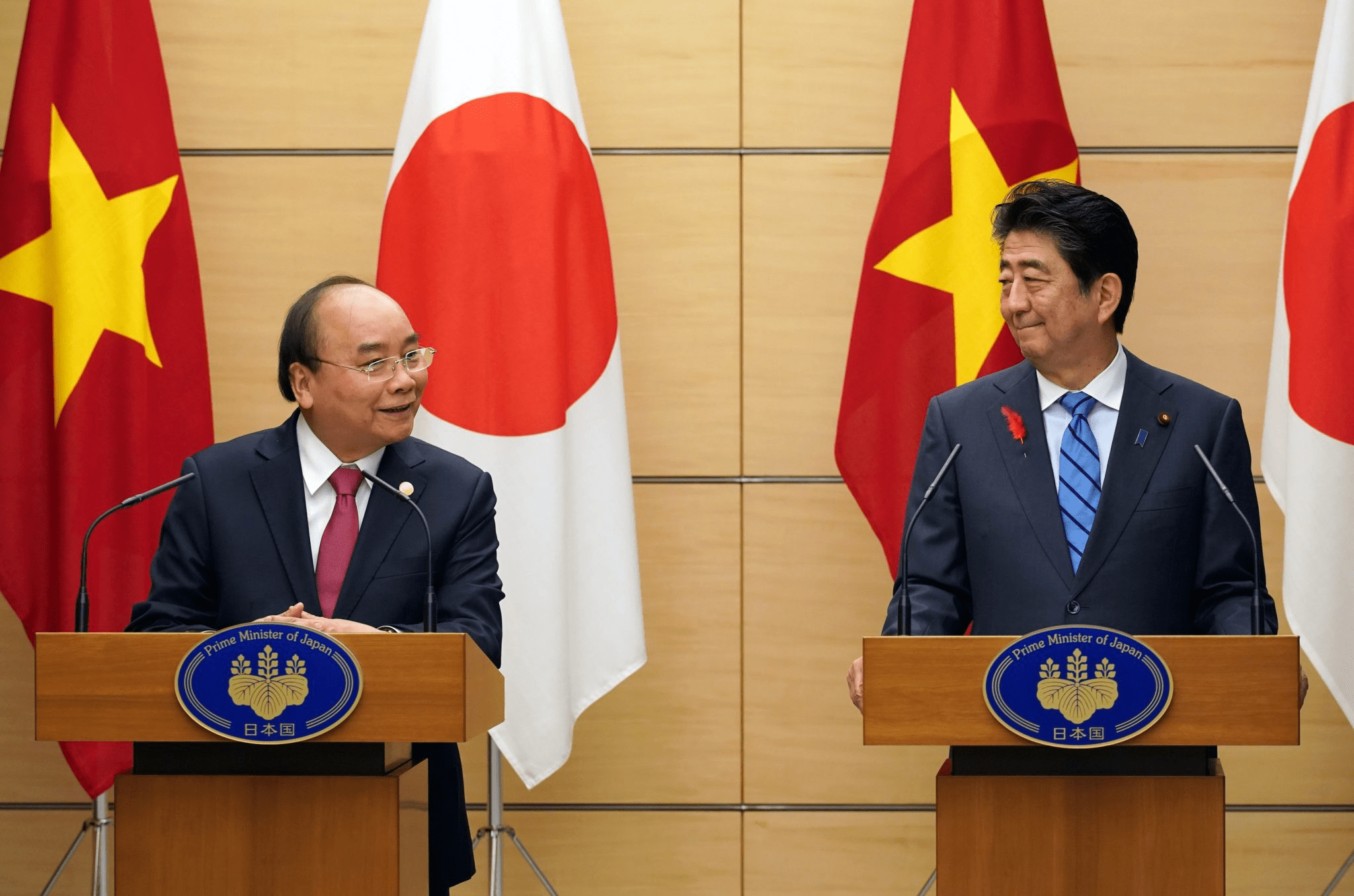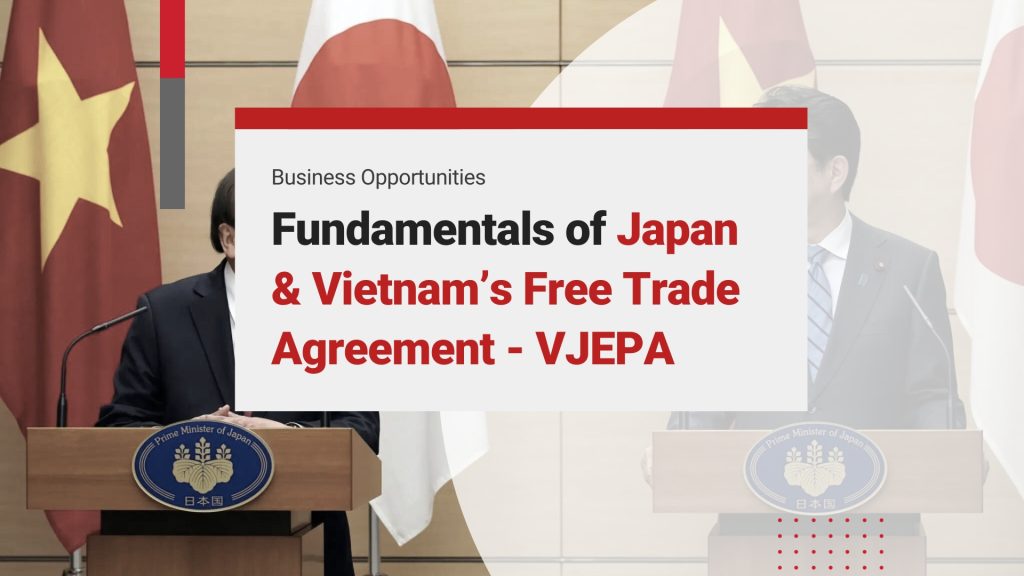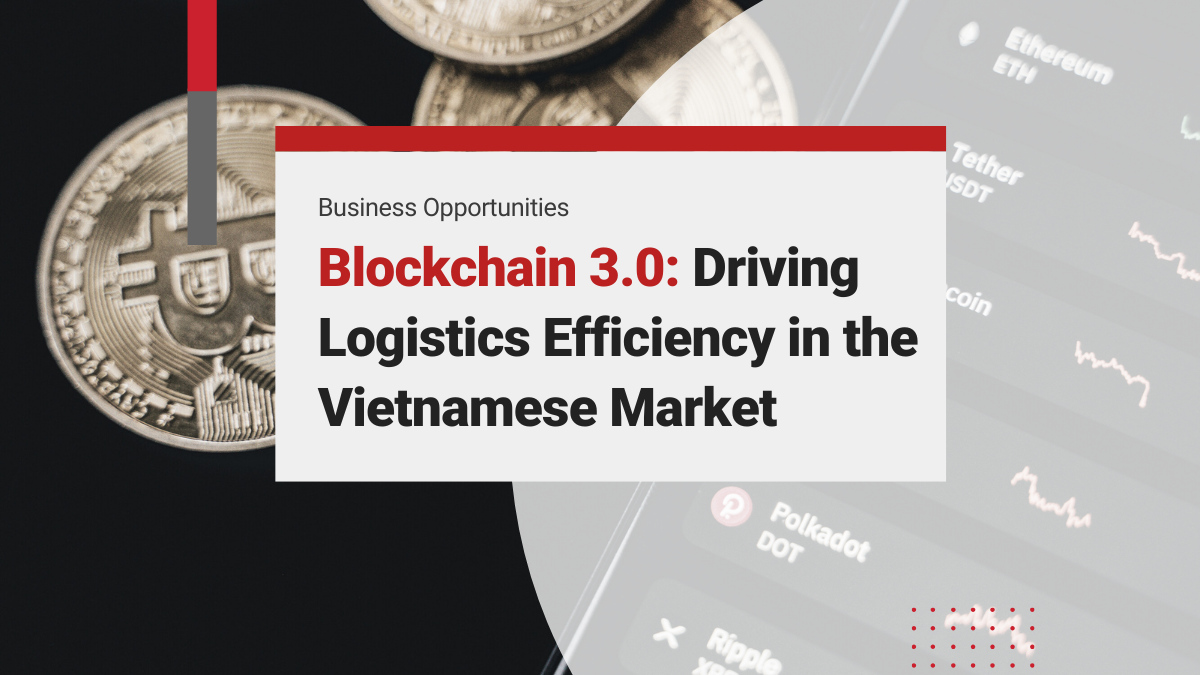Vietnam’s total exports to Japan reached US$11.38 billion in the first six months of 2022, up nearly 13% over the same period last year, according to the General Department of Customs. Moreover, businesses in Japan that are likely to get government subsidies are looking forward to entering the mushrooming market of Vietnam. This will act as a catalyst in fostering Vietnam – Japan Trade Relations. This growing trade momentum is also encouraging more Japanese investors to explore opportunities for company formation in Vietnam, leveraging the country’s expanding industrial and export landscape.
The Japanese government has continued to lend support to Vietnam during the pandemic, including the easing of travel restrictions, which is critical to boosting economic cooperation between Vietnam – Japan.
The government of Vietnam has also made detailed attempts to create conducive conditions for Japanese diplomats, investors, experts, and business people to come back to Vietnam.
Trade volumes between Vietnam – Japan
According to a comprehensive report by the OEC, Vietnam’s exports to Japan rose 10.7% annually from 1995 to 2020. In 2020, Vietnam clocked US$20.4 billion in exports to Japan. Among its main exports were insulated wires valued at US$2.03 billion, broadcasting equipment worth US$1.27 billion, and fuel wood valued at US$622 million. However, the country did not export any services to Japan in 2020. Refer to the table below to understand trade between the two nations by product segment in the year 2020:
| Product Segment | Vietnam exports to Japan |
| Machines | US$6.35 billion |
| Textiles | US$4.42 billion |
| Miscellaneous | US$1.35 billion |
| Product Segment | Vietnam’s imports from Japan |
| Machines | US$6.81 billion |
| Metals | US$2.89 billion |
| Plastics and Rubber | US$1.14 billion |
Furthermore, in the year 2021, a total of US$43 billion was exchanged between the two countries, of which US$20.13 billion was exported by Vietnam and US$22.8 billion was imported.
Investing in Vietnam? Check out InCorp Vietnam’s Incorporation Services
In the first 6 months of the year 2022, Vietnam’s exports to Japan clocked at US$11.38 billion. Product segments that exceed US$1 billion in exports are mentioned below:
| Products Segment | Exports Value |
| Textiles And Garments | US$1.67 billion |
| Machinery, Equipment, Tools, And Spare Parts | US$1.3 billion |
| Transportation And Spare Parts | US$1.2 billion |
Moreover, the country also imported products worth US$12 billion from Japan during the same period, representing an increase of 10.6% (YoY). Product segments that exceed US$1 billion in imports are mentioned below:
| Product Segment | Imports value |
| Computers, electronics, and components | US$3.5 billion |
| Machinery, equipment, tools, and spare parts | US$2.14 billion |
| Iron and Steel | US$1 billion |
Why is Vietnam an attractive destination to Japanese Investors?
The stable political environment and growing economy of Vietnam make it a desirable investment destination for Japanese companies. Moreover, the country is a part of various significant bilateral trade agreements aimed at fostering trade together with Japan.
Vietnam-Japan Economic Partnership Agreement (VJEPA)
Vietnam-Japan Economic Partnership Agreement (VJEPA), which became effective on October 1, 2009, covers a wide range of topics, including trade in goods and services, investment, improving the business environment, and allowing people to move freely.
By 2026, the Vietnamese Government aims to eliminate 90.64% of tariff lines. Moreover, 29.14% of tariff lines had already been eliminated.

Read Related: Vietnam’s Economic Growth Projections: Surpassing Southeast Asian Nations by 2036
Vietnam – Japan in the Comprehensive and Progressive Agreement for Trans-Pacific Partnership (CPTPP)
Using CPTPP, trade barriers are eliminated and clear rules are established that make CPTPP markets a consistent, transparent, and fair place to conduct business.
Vietnam and eleven other countries have signed the Comprehensive and Progressive Agreement for Trans-Pacific Partnership (CPTPP). As part of the CPTPP, virtually all aspects and sectors of trade are covered to reduce trade barriers and facilitate trade between Vietnam and member countries, including Japan.
It emphasizes commitments for access to the markets in various areas, including goods and services trade, investment, government procurement, labor mobility, and investment in infrastructure. Some chapters in the agreement address key issues such as technical barriers, customs administration, and state-owned enterprises, helping to create a stable, transparent, and fair environment to do business in CPTPP markets.
Vietnam – Japan in the Regional Comprehensive Economic Partnership (RCEP)
About being a transformative accord, the Regional Comprehensive Economic Partnership (RCEP), the world’s largest free trade agreement (FTA), went into effect on January 1, 2022. With Vietnam and Japan as members, it’s expected to enhance their trade relationships on top of CPTPP and other agreements.
In the RCEP, tariffs will be removed on more than 90% of goods over the next 10 to 15 years, and investment and intellectual property rules will be introduced. This will create new trade opportunities, and new protections and accelerate the recovery of the region’s economy.
Read More: Guide to Vietnam’s 16 Free Trade Agreements (August 2023)
Conclusion
Exports continue to play a pivotal role in improving Vietnam’s economy. Thanks to the government’s investment and trade-friendly policies that attract foreign investors to collaborate with businesses in Vietnam, especially those from Japan which has proven to be one of Vietnam’s most crucial partners.

clients worldwide

professional staff

incorporated entities in 10 years

compliance transactions yearly
Learn the Right Setup for Business
Expansion in the Vietnam
Frequently Asked Questions
How does Vietnam view Japan?
- Vietnam views Japan as a strategic and important partner, with both countries maintaining strong diplomatic, economic, and cultural ties. The relationship is characterized by mutual cooperation, particularly in trade, investment, infrastructure development, and official development assistance (ODA). Japan is one of Vietnam’s largest foreign investors and donors. The two nations upgraded their ties to a Comprehensive Strategic Partnership in 2023, reflecting deepening bilateral cooperation.






